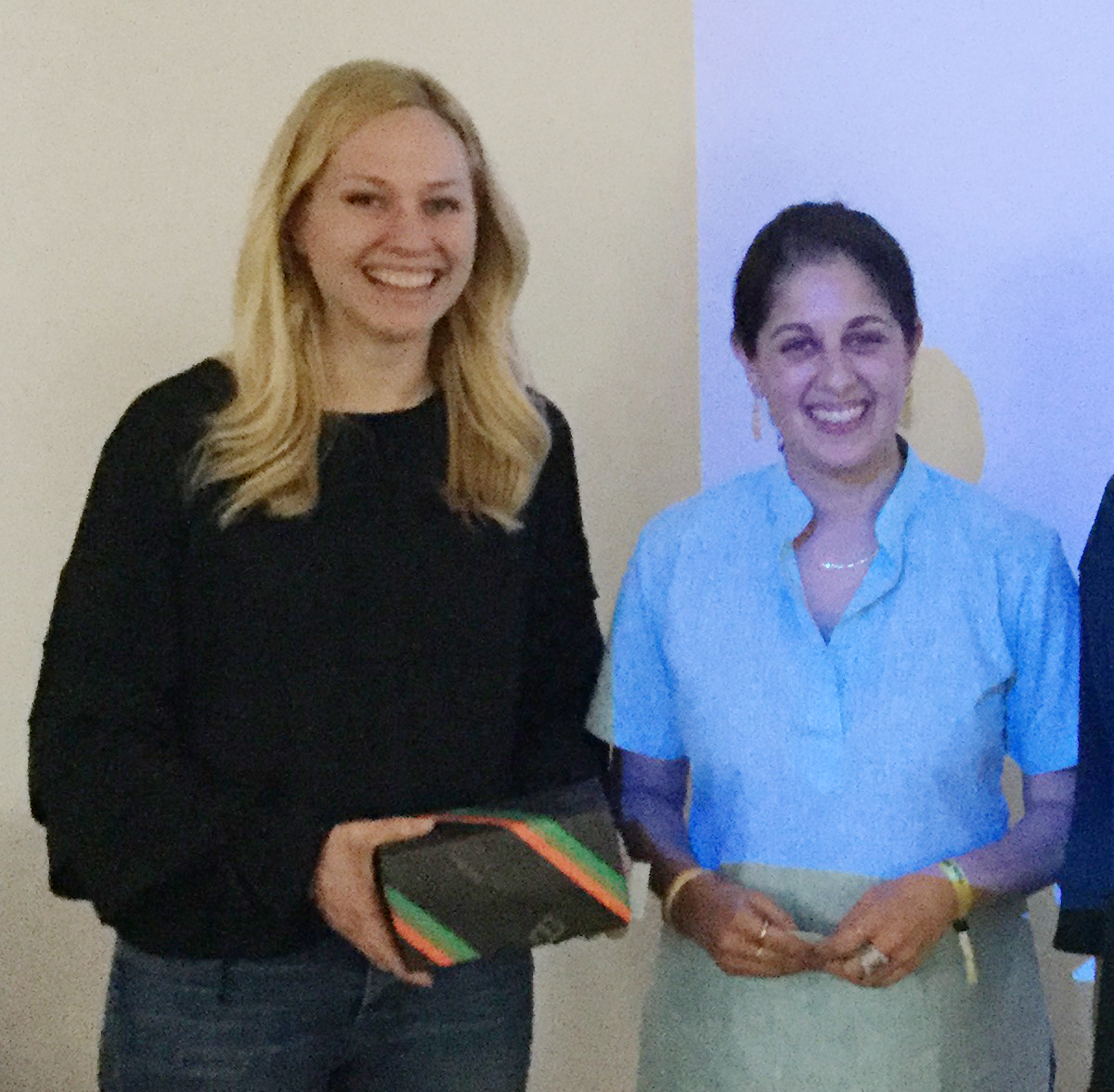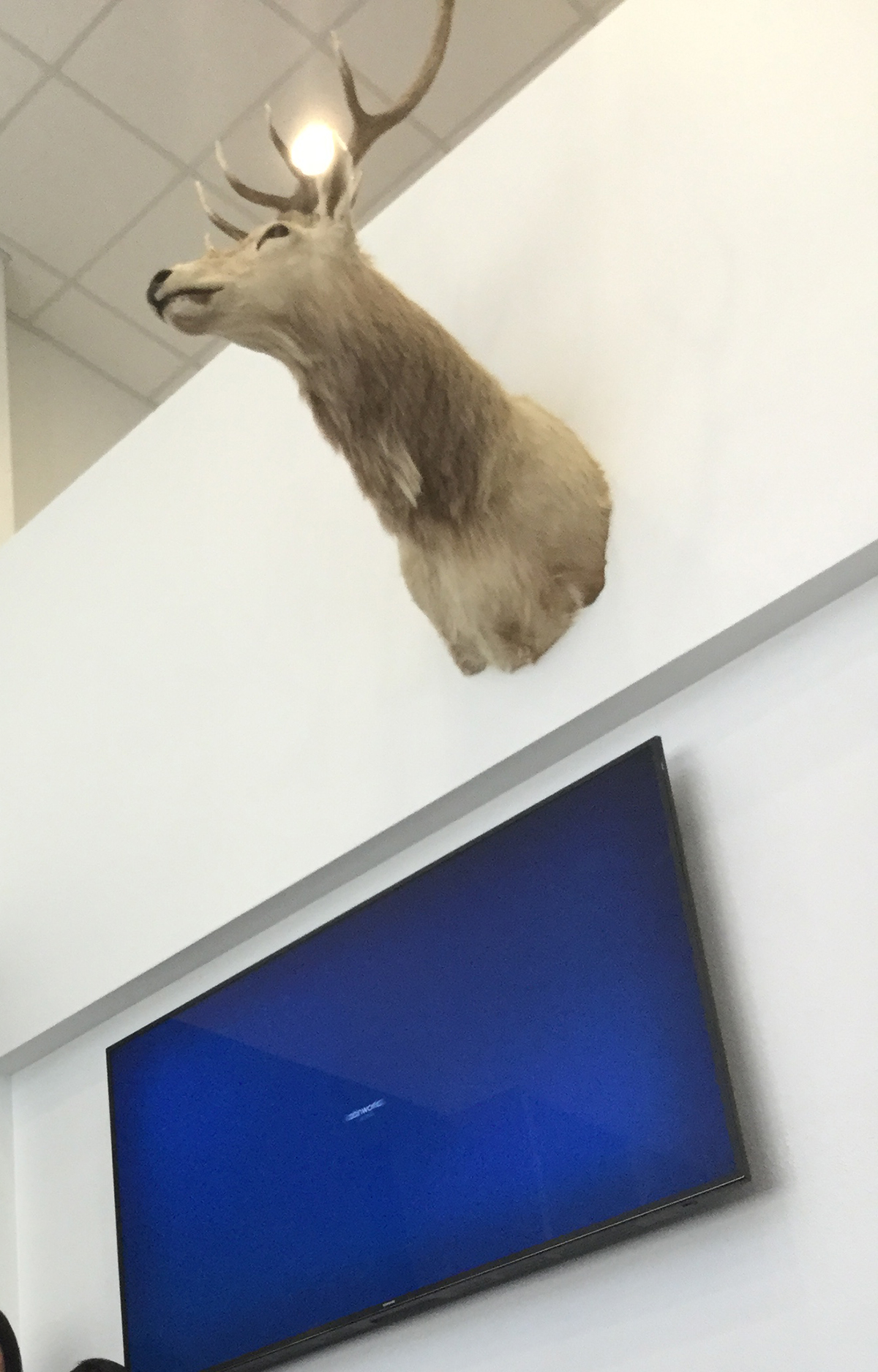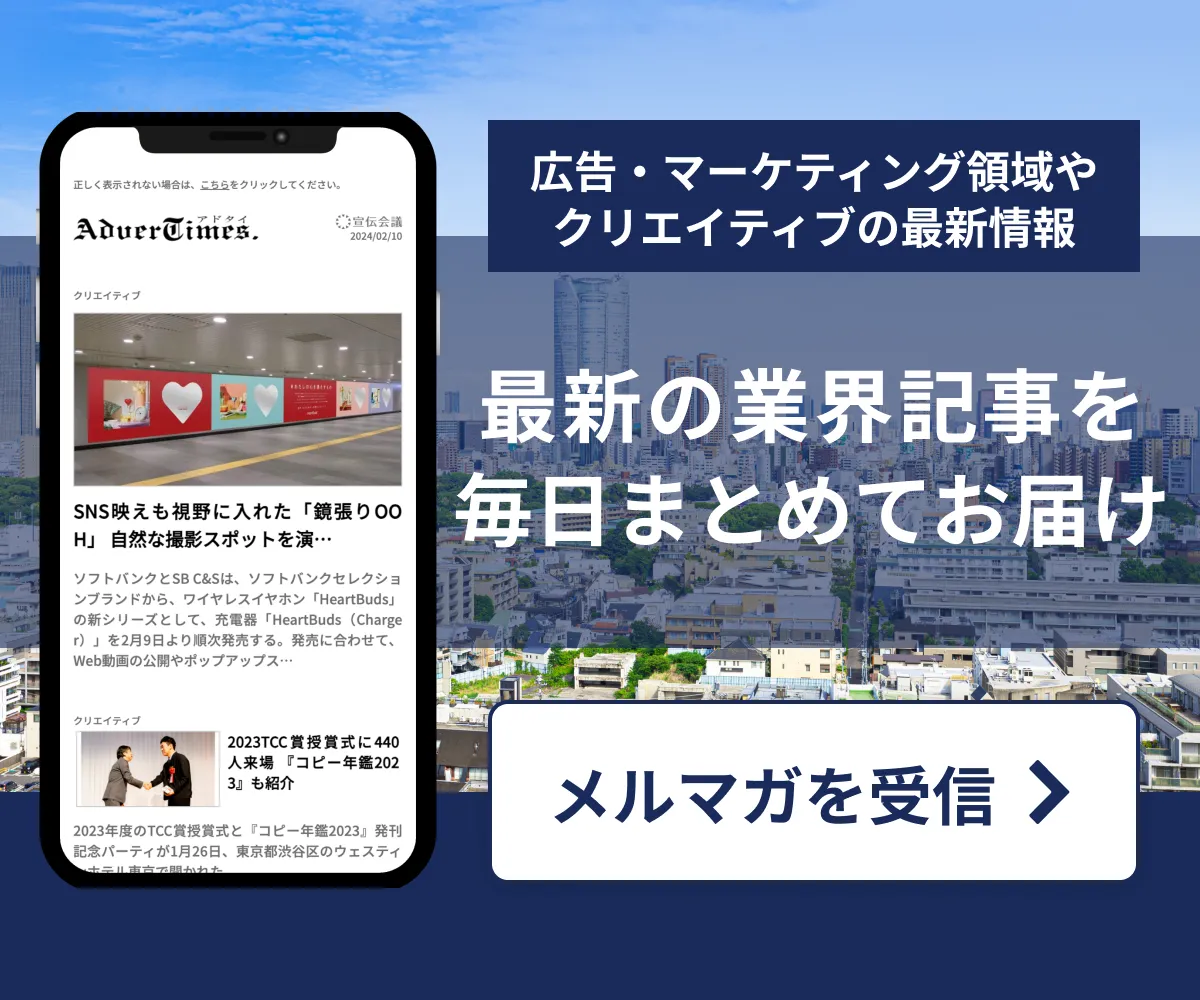【前回】「オースティンで光る、クリエイティブエージェンシーの仕事術 「シリコンヒルズ」企業視察レポート②:PREACHER」はこちら
今回は、「シリコンヒルズ」とも呼ばれる開催地オースティンで、いま勢いのあるクリエイティブエージェンシー5社の訪問レポートを紹介します。
多文化社会に生まれた、新たな専門マーケティング会社
LatinWorks(ラテンワークス)
米国でマイノリティであったラテン系アメリカ人(主に中南米からの移住者やその子孫の米国人。以下ラテン系)はいま、オースティンを始め都市部で多数派になりつつある。一方、多くの企業にとってラテン系とのブランドエンゲージメントは道半ば。この分野で独自のポジションを確立しているのが、ラテン系に特化したマーケティング・コミュニケーションを行うLatinWorksだ。
米国人でありラテン系である
一人に2つのアイデンティティ
「ラテン系2世は米国で生まれ英語も話せるが、親の出身国の文化も持っている。新しいアイデンティが生まれている」とアカウントディレクターのシェリー・ホール氏は言う。戦略プランニングディレクターのエリカ・ロス氏によると、彼らは「米国人かラテン系かのいずれかを選択したくない、両方でありたいと感じている」と言い、同氏はこうしたインサイトは、これからのラテン系をターゲットにしたコミュニケーションの前提になると話す。
例えばメジャーリーグ・ベースボールは、中南米出身の選手が約3割を占めるにも関らず、ラテン系ファンとの結びつきを思うように持てていなかった。LatinWorksは、ユニフォームに記されるラテン系選手たちの名前に着目。英語表記にした際に消されていたスペイン語のアクセント記号を付け直し、本来の名前とアイデンティティを保とうというアイデアは、NBAなどでも模倣された。
唯一の解はない
多角的に新しいインサイトを探る
同じくラテン系への訴求を目指した大手小売店ターゲットのプロジェクトでは、全編スペイン語でCMを作成した。音楽やクリエイティブもラテン系のトーンに徹し、米国内でも地域によって使われるスペイン語が違うため放映場所によって言葉づかいを変えた。「Sobremesa(食事の後、食事をともにした人とおしゃべりする時間)」などの英語に訳せない言葉をキーワードに、「いつもあなたの心のどこかには、翻訳できないところがある」というメッセージを添えた映像は、多くのラテン系の共感を得た。
SNS上で「米国でなぜスペイン語のコマーシャルを流すのか」というコメントも発せられたが、「クライアントたちが自分たちの立場を守ってくれた」と話す。言語に限らずエスニック・アイデンティティに関わるコミュニケーションには常にリスクが伴うが、「そのリスクを喜んで受ける」姿勢だ。
企画の際にはもちろん、こうした人びとの内面に気を配る。「ひとりの中に、複数のアイデンティティがある。どの側面からアプローチするか、もしくは両方からアプローチするか判断しなくてはならない」とロス氏。文化は、多様な人びとやアイデア、価値観から生まれるとする同社。「ひとつのソリューション、ひとつのインサイト、ひとつの真実というものがなくなってきている。常に生活者の生き方を観察し、新しいインサイトを探している」。
The State of Diversity Marketing
LatinWorks
Interviewees:
Shelley Hall, Account Director
Erica Ross, Director, Strategic Planning
We observed a presentation by LatinWorks, a full-service agency that provides marketing and communication services that target Latin Americans. While previously a small community, the Latin American population is steadily growing in urban regions of the United States. Meanwhile, Latin American brand engagement still has a way to go. LatinWorks has honed in on the great potential for expansion in the current climate.
Shelley Hall, Account Director, explained, “Our firm supports companies like MLB and Target (a large supermarket chain) that are struggling to engage spectators and consumers with their brand. As a full-service agency with a specialized communications target of Latin Americans, we have established a unique position for ourselves.”
The firm places particular importance on “collaborating with clients” and “taking ownership.” Along these same lines, Shelley explained that, “We instruct all of our employees to consider their clients’ business to be their own as well.”
In the future, the Latin American community will occupy an even larger majority in the United States. At the moment, the second generation of Latin Americans is growing, and as Shelley explained, “They were born in the States and speak English, but they hold onto the culture of their ancestors’ countries. Communication needs to constantly evolve alongside the new identities born of these communities.”
Erica Ross, a Director of Strategic Planning, said, “I’m especially interested in how members of the second generation of Hispanic Americans view their identities. They consider themselves Americans, but they also think of themselves as Latinos. Studies demonstrate that they want to be both, and that they don’t want to choose just one. They want to be a combination of the two. In the future, there will be more of a demand for communication and creative engagement with the Latin American community that incorporates this insight.”
At the same time, with regard to what the firm is most concerned with while working on a project, Erica said, “Each individual we target has more than one identity. We need to decide which angle to approach that individual from, or whether to approach that individual from more than one angle. The concepts of a single solution, a single insight and a single truth are vanishing. So we must always observe consumers’ lifestyles and look for new insights.”
Participants also asked a number of questions. In response to the question, “When you narrow your target, do you not get pushback from the Americans you’ve targeted thus far?” Erica responded, “There were many comments on social media along the lines of, ‘Why are they running Spanish-language ads in America?’ But our clients defended our position. There is always a risk associated with any communication involving a people’s identity, and that risk is not limited to language issues. But we welcome that risk.” Furthermore, in response to a participant’s question, “What should be the first step to communicating with a minority group in Japan?” Erica said, “Understand what distinguishes that minority from the majority, and then incorporate elements of both.”
Viewed in the context of our current climate of accelerating diversity, this presentation offered a unique perspective, and provided hints that could be applied to Japanese industries as well.































































